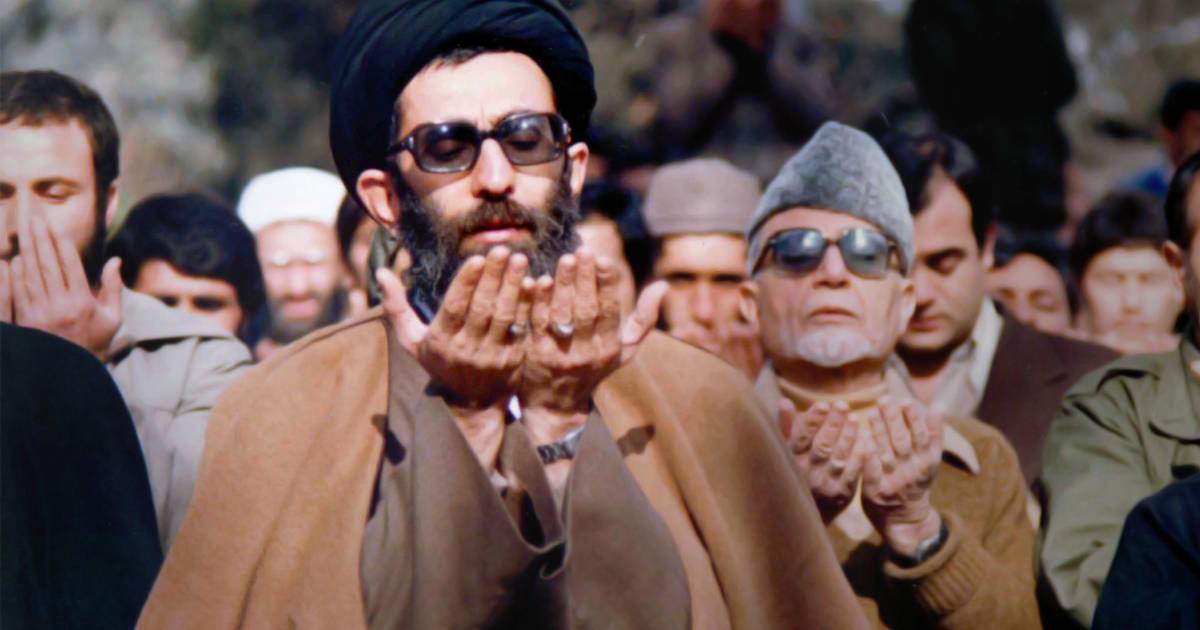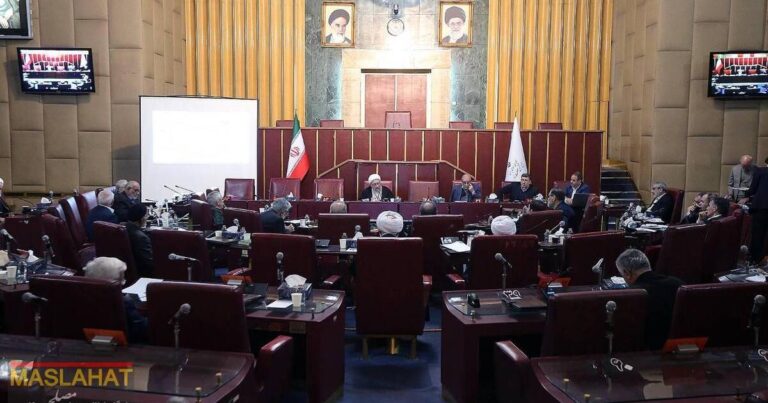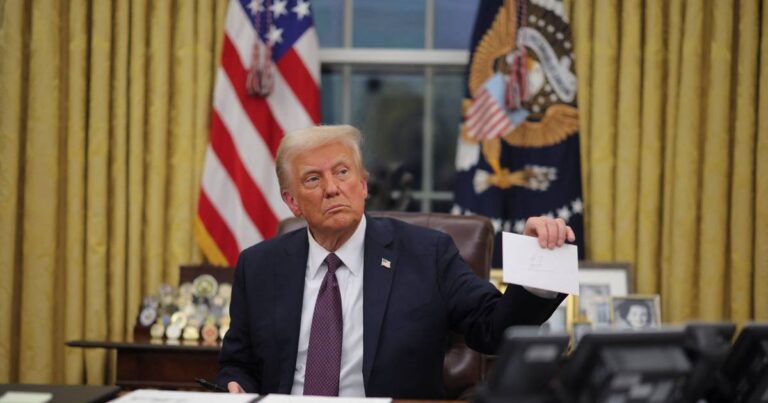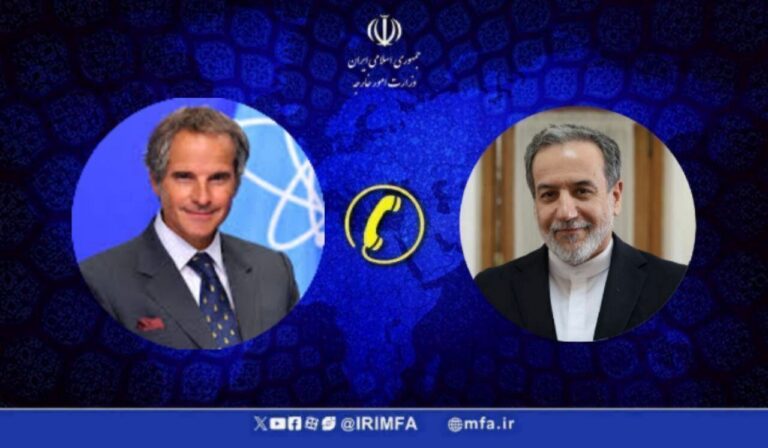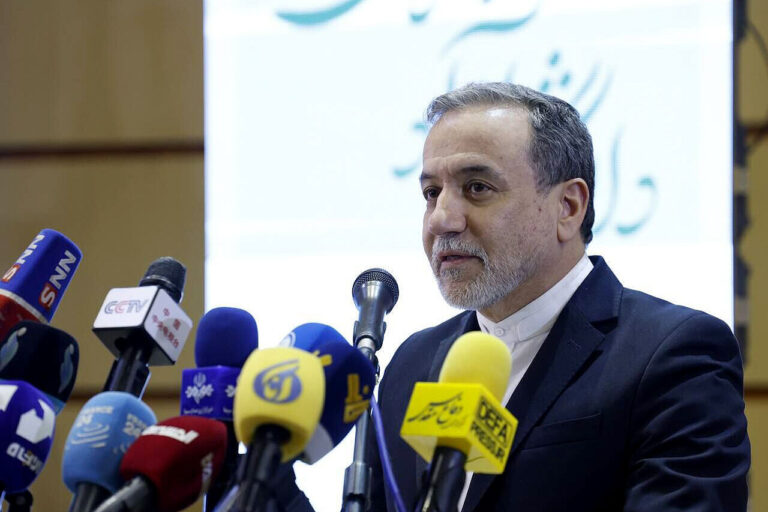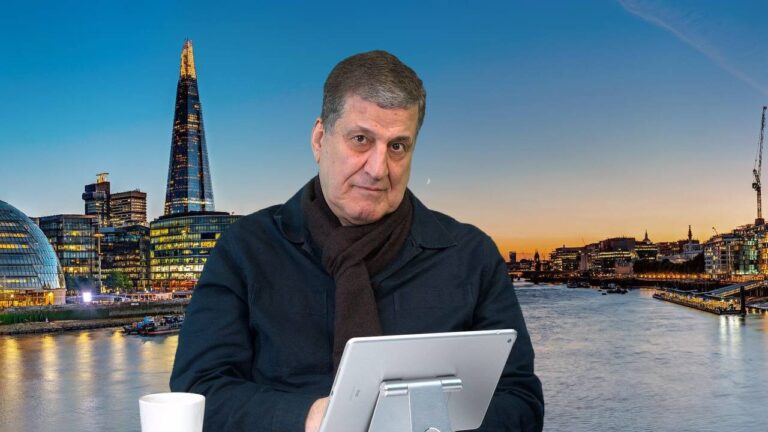Transforming Faith: How Khamenei Uses Friday Prayers as a Powerful Tool for Control
Friday prayers in Iran have evolved into a significant event for middle-aged and older generations, evoking memories of a cleric wielding a 1970s G3 assault rifle during revolutionary times. This transformation reflects the changing political landscape and the shifting dynamics of public engagement with religious practices.
Initially, following Ayatollah Khomeini’s Islamic revolution and throughout the Iran-Iraq war in the 1980s, Friday prayers attracted large crowds and held immense public interest. However, over the years, attendance has dwindled due to a variety of factors, including changing leadership among prayer imams and growing dissatisfaction with the Islamic Republic’s social constraints and deteriorating economic conditions.
The Decline of Attendance
Today, Friday prayers often resemble political briefings, attended by local military and civilian officials rather than a devoted congregation. The sermons have become a medium for policy directives sent from Tehran, essentially transforming them into platforms for orchestrated political messaging.
Since ascending to power, Supreme Leader Ali Khamenei has restructured the Friday prayer framework significantly. Notable changes include:
- Relocation of the coordinating headquarters from Qom to Tehran.
- Replacement of most imams appointed by Khomeini with younger clerics who align more closely with Khamenei’s vision.
Facts and Figures of Friday Prayer Imams
According to an investigation by the Iran International website:
- Approximately 850 Friday prayer imams currently serve across Iran.
- About 85% of these imams were appointed after 2017.
- Typically, most cities have two Friday prayer imams.
- The Friday Prayer Headquarters, controlled by Khamenei, appoints imams even in small towns with populations as low as 500.
- Roughly 70% of imams appointed since 2017 have ties with Iran’s military or have been embedded with military units in Syria.
- Notably, only one imam appointed by Khomeini remains active today.
Leading Friday prayers is just one of the many responsibilities held by these imams. They also:
- Lead local councils that enforce Islamic social and cultural norms.
- Supervise Islamic tax organizations.
- Serve as jury members at Press Courts.
- Participate as trustees in the Islamic Azad University.
- Engage in local educational councils and security councils.
Khamenei’s Reforms in Leadership
Upon becoming Supreme Leader, Khamenei made significant changes by replacing four of the seven members overseeing Friday prayer imams. Within ten months, he also rebranded this body as the Policy-Making Headquarters for Friday Prayers. Major shifts occurred following the nationwide protests in 2018, leading to the appointment of a younger cleric, Mohammad Haji Ali Akbari, as head of this body. Haji Ali Akbari also serves as one of Tehran’s Friday prayer imams.
Unlike other cities, Tehran does not have a permanent Friday prayer leader. Instead, in each of Iran’s 31 provinces, the Friday prayer imam also acts as Khamenei’s official representative. Kazem Nour Mofidi, the Friday prayer imam of Golestan province, remains the sole imam from Khamenei’s earlier appointments.
Historically, many provincial imams have been members of the Assembly of Experts, which is responsible for selecting the Supreme Leader’s successor. However, among those appointed after 2017, only six hold seats in this assembly. This shift indicates a trend where older imams were often replaced due to their political misalignment with Khamenei’s views.
Distribution of Imams Across Provinces
The province of Isfahan boasts the largest number of Friday prayer imams, with a total of 86 imams, while the provinces of Qom and Kordestan each have 8 imams. These imams, backed by Khamenei, often wield considerable political power within their localities. They play crucial roles in:
- Adjudicating disputes among officials.
- Overseeing local government decisions.
- Mobilizing government forces and supporters during civil unrest.
Understanding Friday Prayer
Friday prayers hold special significance in the Islamic faith, with Muslims facing Mecca five times daily for their prayers. Congregational Friday prayers require a minimum of five participants. During these sessions, the imams deliver two sermons prior to the prayers. In Sunni-majority areas, Friday prayers are mandatory, while Shiites may choose to participate or not.
Notably, Khomeini never led Friday prayers, whereas Khamenei did so regularly during his early years as Supreme Leader. Recently, however, his participation in Friday prayers has become less frequent.
